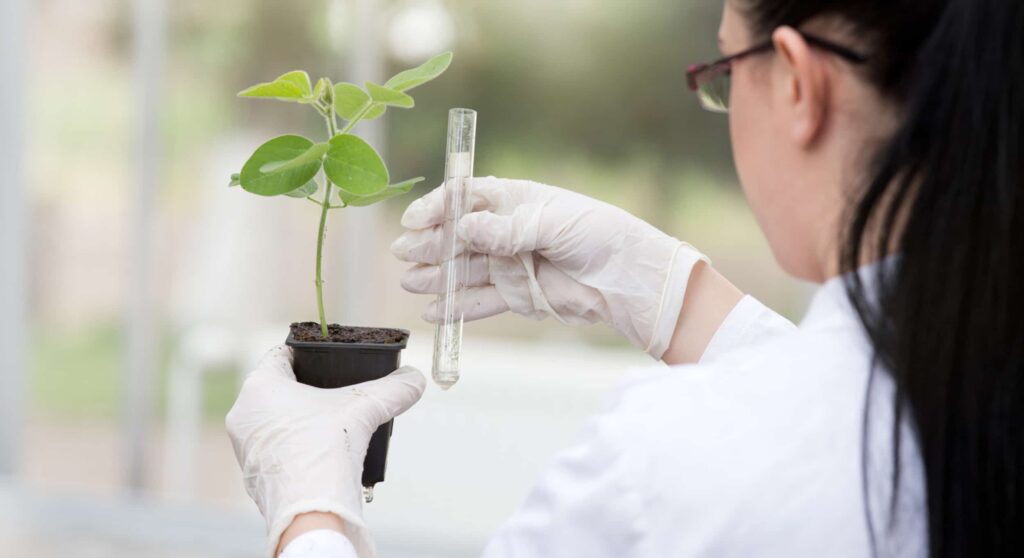COCORAI ENOLL Living Lab
COCORAI ENOLL Living Lab
 COCORAI ENOLL Living lab aims to be an innovative technological platform (An AI-based Societal Technical Cyber-Physical system) that connects farms from different countries. It brings together academic researchers (from ICT, Engineering, Environmental Science, and Agriculture) and non-academic actors from diverse sectors to collaboratively co-create, develop, test, and deploy new technologies (AI-based Systems), products and services in real-life farms of different sizes engaged in sustainable farming.
COCORAI ENOLL Living lab aims to be an innovative technological platform (An AI-based Societal Technical Cyber-Physical system) that connects farms from different countries. It brings together academic researchers (from ICT, Engineering, Environmental Science, and Agriculture) and non-academic actors from diverse sectors to collaboratively co-create, develop, test, and deploy new technologies (AI-based Systems), products and services in real-life farms of different sizes engaged in sustainable farming.
The Living Lab is addressing sustainability challenges in agriculture; it is essential to understand their potential to support innovation in the agricultural context.
The Lab will be based and implemented on the extended 6 Rs waste hierarchy that aims to get the maximum practical benefits from products and generate the minimum amount of waste possible as part of the design output.
The following are the more mnemonic 6 Rs, which enable better recall and memory (Kem Laurin Kramer, 2008):
- Restore refers to returning an item (Farmlands) to its original or productive and functioning condition. A good example is designs made from waste and soil systems, especially where items can be given new life with refinishing and restoration.
- Reduce: Using less has been the most applied concept and is illustrated in the general area of energy, fertilizers, and water consumption. Estimates show turning down a thermostat by just 1 degree can reduce energy consumption considerably.
- Reuse refers to recovering value from agricultural waste without reprocessing or remanufacturing. The adage that one person’s garbage is another person’s treasure best encapsulates this.
- Recycle refers to using materials from waste, which have been broken down into raw materials and are reprocessed into either the same product or a new product.
- Rethink concerns how designers should think about the design process. A design’s value and use need great consideration before committing to design it.
- Redesign consists of the application of the rethinking stage and the actual implementation of sustainability principles.

